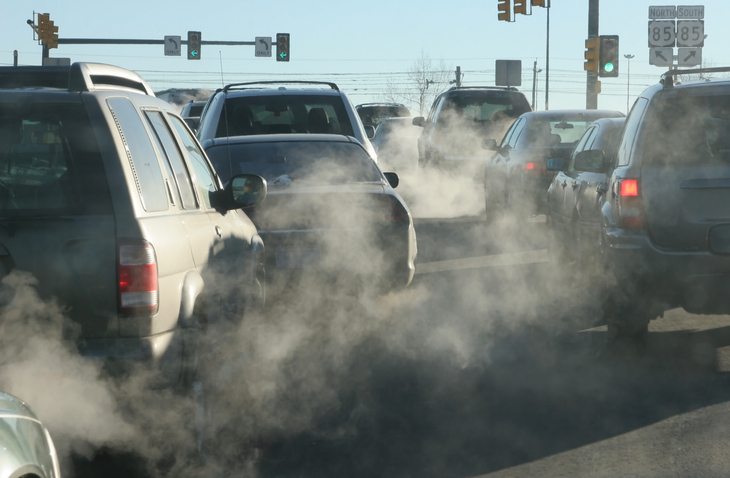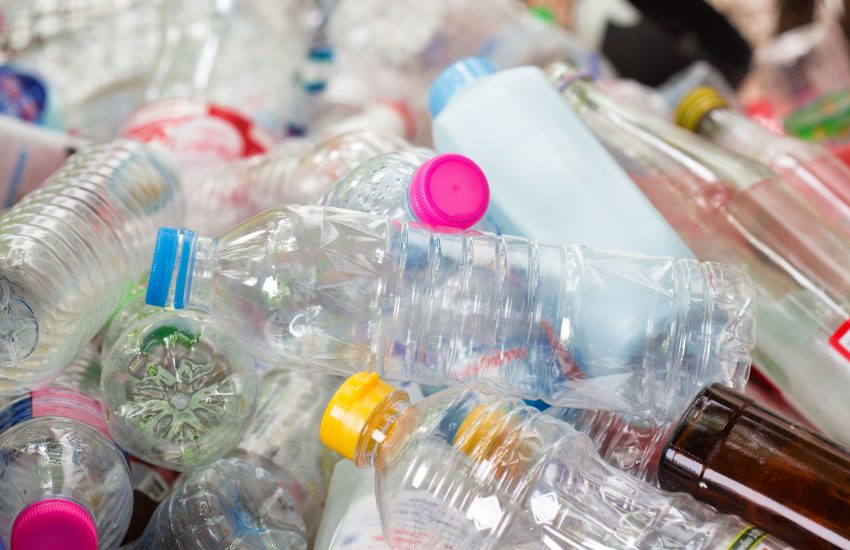Ohio, along with sixteen other states, sued the Environmental Protection Agency on Friday last week, over its March 14, 2022 decision to reinstate a waiver allowing the nation’s most populous state California, under its Advanced Clean Cars Program, to enact tougher vehicle emission standards than those set by the federal government.[1][2]
In 1966, California enacted the nation’s first tailpipe emissions standards in light of its then-severe pollution problems. That was followed in 1970 by the creation of the Clean Air Act, which gave …
Continue Reading









